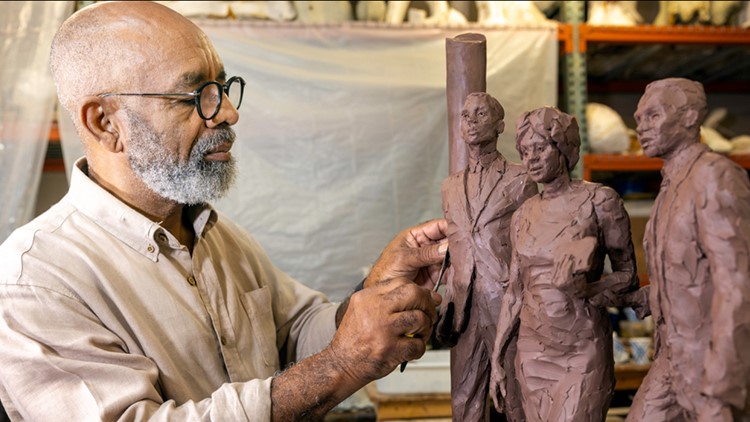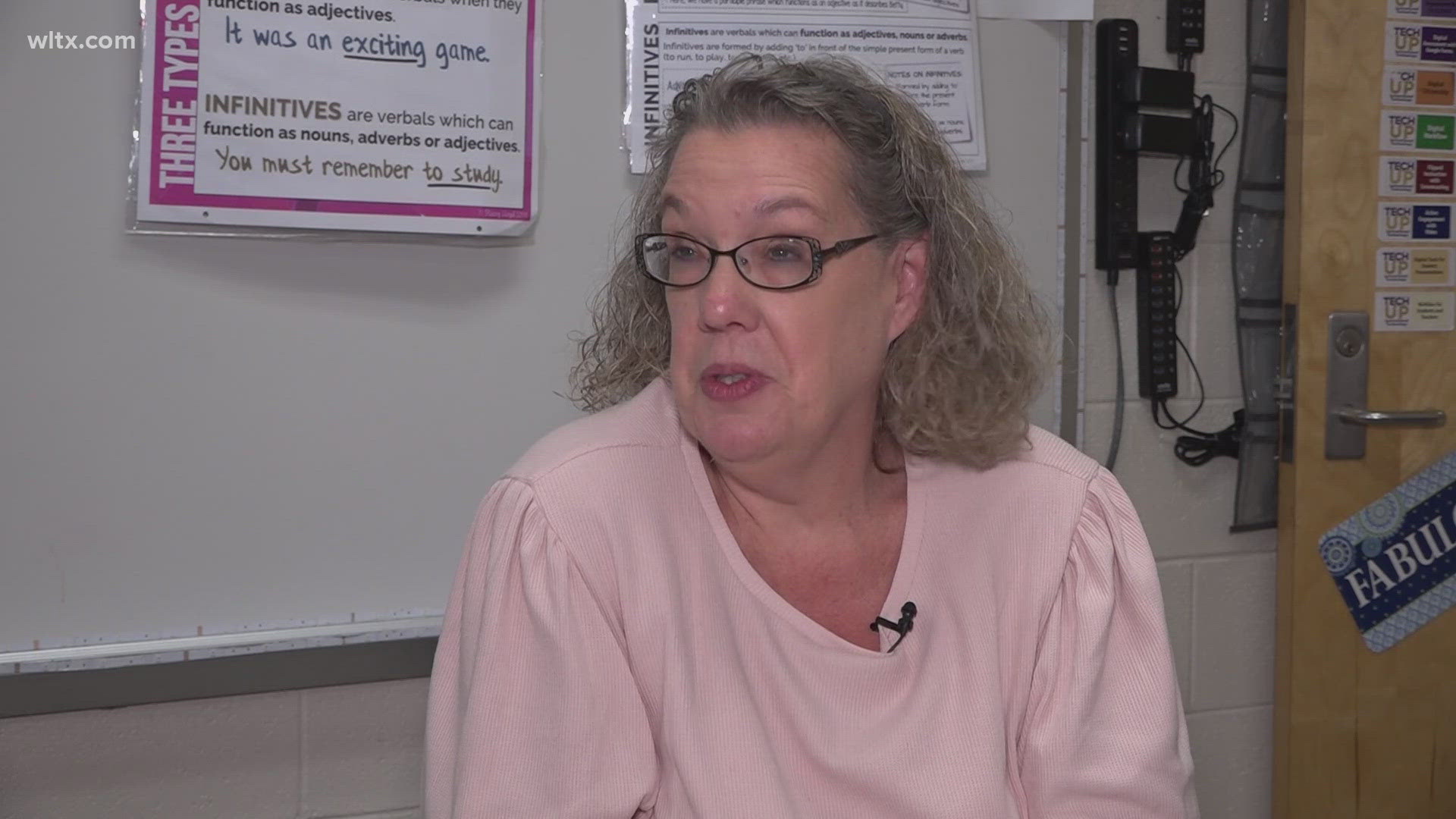COLUMBIA, S.C. — The University of South Carolina Board of Trustees has selected artist Basil Watson to create a monument recognizing the first three African American students to attend the university since Reconstruction.
On September 11, 1963, Robert Anderson, Henrie Monteith Treadwell, and James Solomon Jr. walked through the doors of the Osborne Administration building and into the university's history.
A lawsuit filed by Columbia native Treadwell made the registration of the three a possibility. Represented by civil rights attorney Matthew J. Perry, Treadwell filed suit to desegregate the university when she was 16 years old. After a two-year court battle, Treadwell was allowed to enroll at USC.
She became the first Black graduate since Reconstruction, earning a degree in biochemistry in 1965. Treadwell went on to earn a master's in biology from Boston University and a master's and Ph.D. in biochemistry from Atlanta University.
Solomon served on the faculty of Morris College in Sumter from 1960-1973, including three years as an administrator. He later went on to hold various positions in state government, retiring as commissioner at the Department of Social Services.
Anderson, a Greenville native, transferred to USC from Clark College in Atlanta. He was a social worker in New York City and had a 12-year career with the Veterans Administration before his death in 2009.
Watson, an internationally acclaimed sculptor, will design and create the 12-foot bronze statue that will be erected at the base of the steps of the Osborne Building, near where the three newly-enrolled students were photographed in 1963.
“The Board of Trustees commissioned this sculpture so that the University of South Carolina community and our entire state will have a visible and physical reminder, in perpetuity, of Sept. 11, 1963, when three students demonstrated remarkable, individual bravery in pursuit of opportunity for all,” said Board Chair Thad Westbrook.
The statue, Treadwell says, is an opportunity to acknowledge everyone who sought to desegregate Southern universities in the years following the Supreme Court’s Brown v. Board of Education ruling in 1954.
“I hope that alumni, faculty, students will continue to think of ways of permanently recognizing the value of what has been done on that campus,” Treadwell said. “People must understand that my walking across that threshold was not the end of the story. My walking across that threshold was the beginning of a story.”



